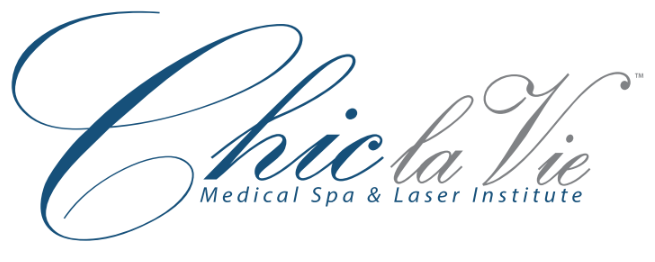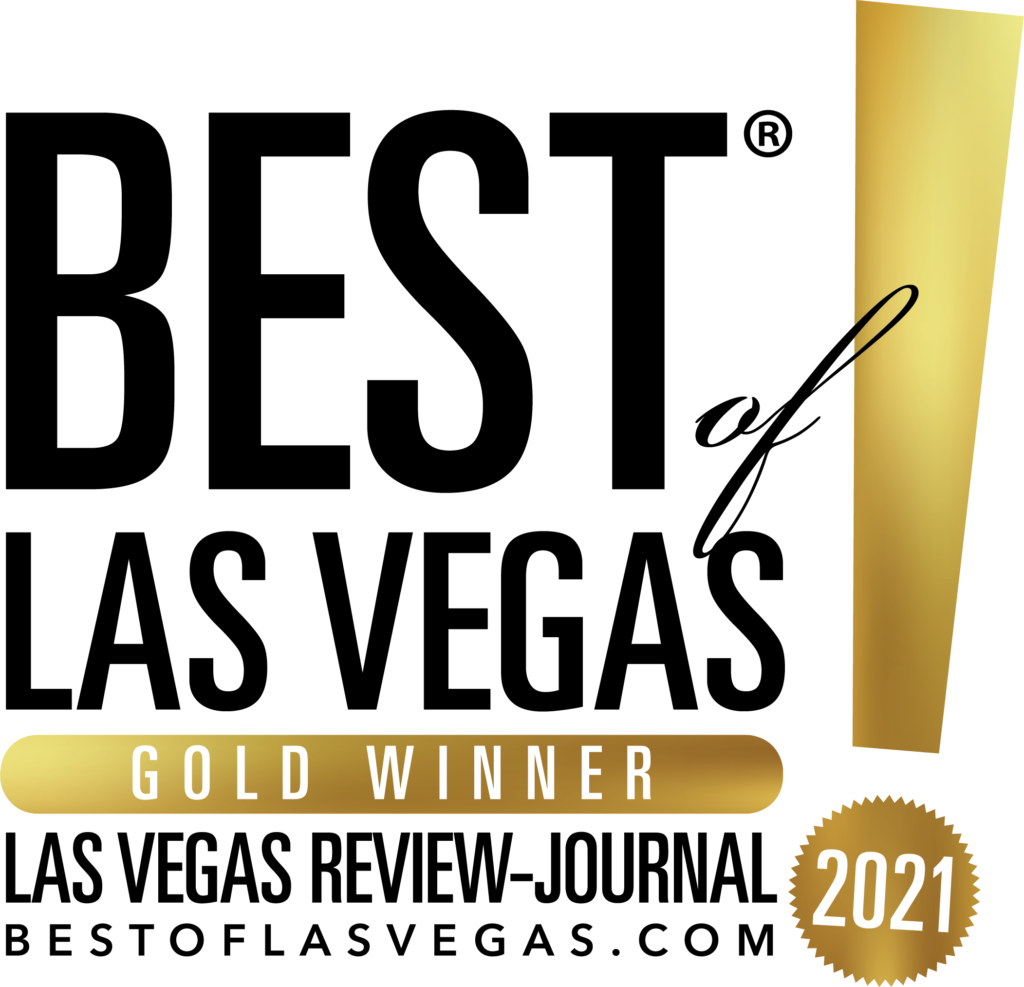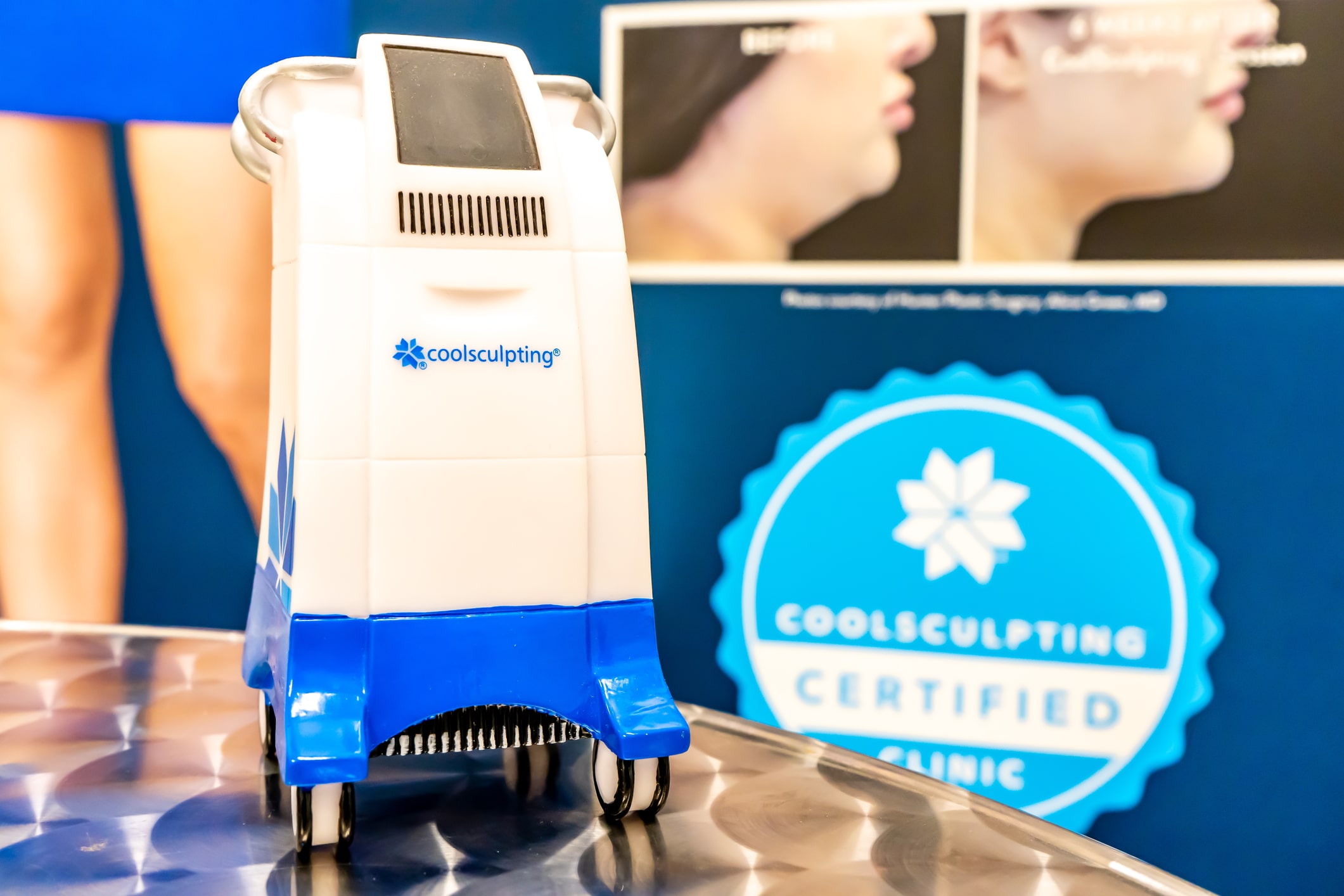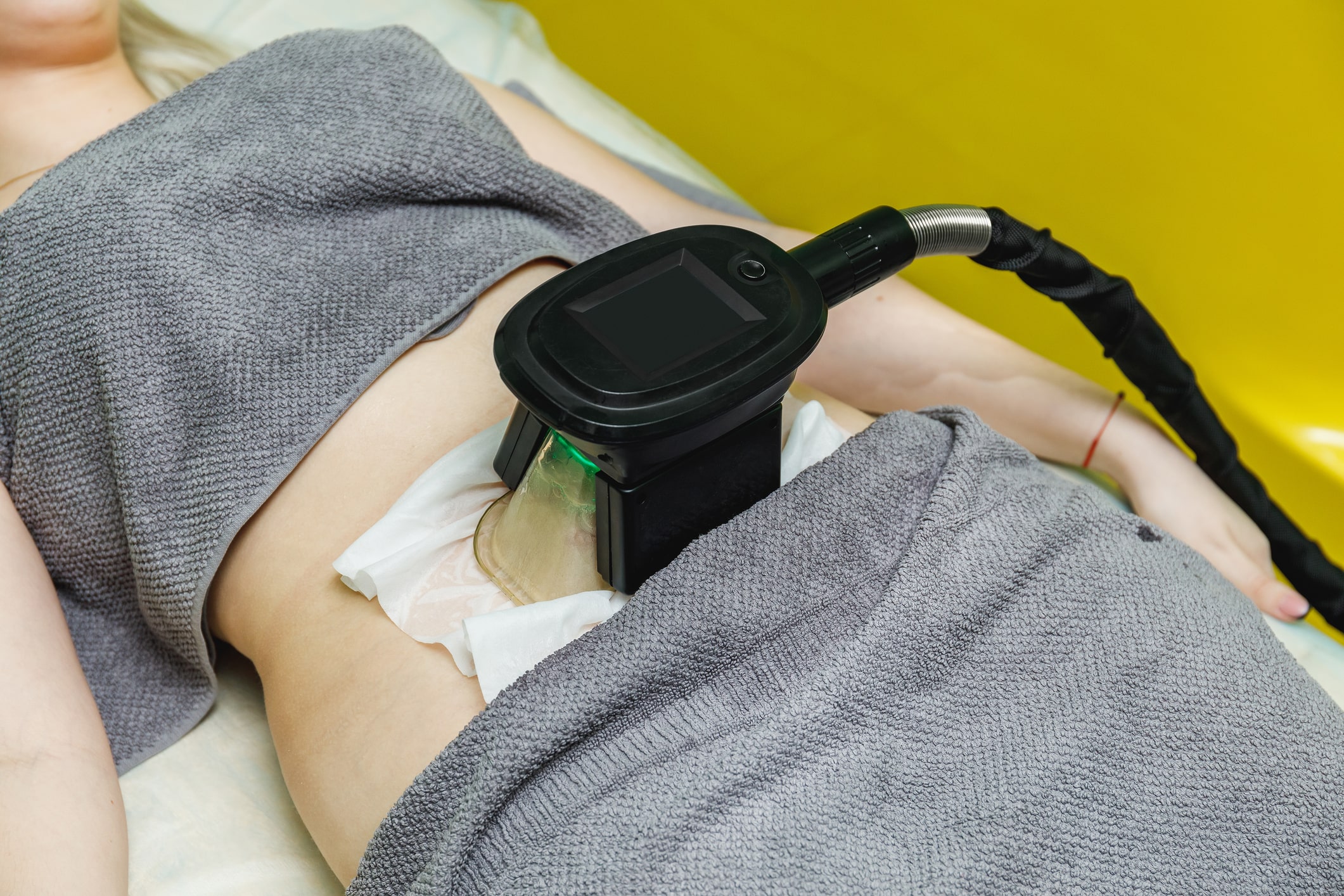Is Coolsculpting Worth the Risk
Millions of people engage in strict diets or have surgery yearly to get smaller. And this can be a challenging objective for various reasons, so it’s unsurprising that Cryolipolysis, better known mainly through its brand name CoolSculpting, attracts thousands of individuals yearly with the promise of eliminating body fat without limiting one’s diet or undergoing surgery.
As the popularity of CoolSculpting continues to rise, so do the questions about its safety and effectiveness. Is CoolSculpting worth the risk?
Consider a few things when deciding whether CoolSculpting is right for you. However, it’s essential to understand what CoolSculpting is and how it works. CoolSculpting is a non-invasive fat reduction treatment that uses controlled cooling to target problem areas on the body.
This article will discuss whether CoolSculpting is worth the risk and its other aspects, so keep reading.
What is CoolSculpting?
The label for a fat-freezing technique intended to eliminate excess weight in specific areas of your body is CoolSculpting. The process is known as cryolipolysis, and it received FDA approval in 2010.
In researching what happens to the fat after frostbite, researchers discovered that the freezing point of fat is higher than that of skin. They used this knowledge to create the Cryolipolysis machine, which cools fat to the degree that destroys it while leaving skin and other tissues unharmed.
How does Coolsculpting work?
Cryolipolysis, which involves freezing fat cells resistant to traditional exercise and dieting, has been approved by the FDA and is utilized in Coolsculpting. Surgeons can also use it on rare occasions to address lipomas. The treatment does not involve surgery from a technical perspective.
It does not imply that CoolSculpting has no adverse effects at all. These are some potential outcomes, even though it is not intended to cause long-term discomfort and anguish. The current procedure’s “cooling” effects cause the majority of discomfort. Discomfort may come and go as the body adjusts to eliminate fat cells.
Continue reading to find out more about these adverse effects so you can talk to a doctor before beginning this surgery.
Pros and Cons of CoolSculpting
When undergoing CoolSculpting treatment, weighing has advantages and disadvantages, similar to any other medical procedure.
Several tests and clinical trials have established the safety and effectiveness of the FDA-approved technique CoolSculpting. It is the sole non-surgical fat reduction method now used in the aesthetics business that has received FDA clearance.
More than 50 distinct medical papers and clinical reports have covered its advantages. Before analyzing its side effects, including disadvantages, we review the treatment’s main advantages and benefits.
Pros of CoolSculpting
Some essential factors have contributed to the rise of CoolSculpting as one of the top fat-removal procedures in the cosmetics sector.
The procedure has been used on more than 11 million people globally because it can reduce fat in the treatment area by close to 27% in just one session.
With approval to treat 13 distinct body parts, the method is also incredibly adaptable. Consider your stomach, bingo wings, knees, and even your “cankles.” The ability to quickly remove stubborn fat reserves without a difficult surgical procedure such as liposuction makes it a special treatment.
Such a surgery entails long recuperation times and possible adverse side effects, such as an infection. That’s why CoolSculpting has become such a well-liked substitute.
Main Benefits of CoolSculpting
CoolSculpting, the most popular non-surgical fat removal procedure in the world, has some great benefits:
- Convenience and simplicity: Since there are no needles, incisions, or surgeries involved in the therapy, it can be completed swiftly as an outpatient procedure. Even patients’ lunch breaks can include it.
- Treatment locations: Reduce the shape and size of stubborn fat pockets in 13 different body places. The outer and inner thighs, belly, stomach, legs, arms, back, chin, knees, and ankles are all included in this.
- Zero downtime: There is no recuperation time needed after the treatment. It implies that you can resume your regular activities—including work and exercise classes—immediately following the treatment.
- Zero pain: The treatment is comparatively painless, requiring no surgical incisions. However, patients will experience frigid temperatures and a sucking feeling while the treatment is happening. It may feel awkward and uneasy, but it won’t hurt.
- Permanent fat removal: Subcutaneous fat cells crystallize and die due to decreasing temperatures. It permanently eliminates treated body fat from the body, much like liposuction.
- Incredible, long-lasting effects: The body’s natural elimination of damaged fat cells takes time. The removal process, however, takes three to six months. As long as you continue to follow a good exercise and diet routine once this has occurred, the fat loss results will be long-lasting.
Cons of CoolSculpting
For those who wish to obtain a more toned, sculpted, and slender physique without resorting to cosmetic surgery, CoolSculpting is a fantastic option. However, before choosing to receive treatment, individuals must weigh the cons.
First, CoolSculpting is not a procedure you should rely on if you need to significantly remove massive fat deposits throughout different parts of your body and you are severely overweight.
Obesity and weight loss
Patients do have the option to use CoolSculpting to effectively reduce unwanted fat deposits that are accumulating at a rate of about 27% in the treated areas. We have also seen that patients frequently experience evident fat loss reductions of about 40% in areas including the stomach, thighs, and love handles. However, if your BMI is over 30 or if you’re clinically obese, CoolSculpting won’t produce satisfactory results.
Surgery can remove up to 5 liters of fat. Therefore, surgical liposuction could be a better option if you want to get rid of fat in these situations. Although CoolSculpting permanently destroys fat cells, you shouldn’t stop following a healthy diet and physical activity routine after receiving the procedure. Since the fat cells might come back, this is. Following a nutritious diet will guarantee that you experience long-lasting fat loss after the procedure.
Time
It’s also crucial to understand that CoolSculpting only sometimes delivers noticeable benefits. In contrast to liposuction, which eliminates subcutaneous fat cells immediately, cool sculpting’s cooling technology takes time to dissolve the fat cells.
Patients may not begin to notice any noticeable improvements for four to six weeks following treatment. It is because it takes a while for the body to eliminate the destroyed fat cells through normal metabolic processes.
After the initial treatment, the body may continue eliminating these treated fat cells lasting up to three to six months. However, patients should be able to detect a much more contoured and tidy appearance around the treatment site once this period is over.
Therefore, the key is to exercise patience and anticipate slow results because CoolSculpting isn’t a quick answer for fat removal.
Risks of CoolSculpting
Even though research is still limited, CoolSculpting is widely considered a safer and less intrusive fat-reduction procedure than conventional techniques such as liposuction.
Besides a pulling sensation in which the skin is positioned between the device’s two cooling panels, most patients report feeling nothing during the operation.
Most patients don’t require any recovery time. They may resume their normal activities immediately because the process doesn’t entail tissue manipulation, cutting, or anesthesia.
The method usually has minimal, localized side effects restricted to the treatment area. After the surgery, the majority of minor side effects diminish or disappear within a matter of days to weeks.
However, it is typical to feel numb or lose sensation in the treated area for about a month.
The following are a few of the main side effects of CoolSculpting:
- redness
- firmness
- slight swelling
- tingling sensation
- pain and tenderness
- bruising
- stinging, burning sensation
- itching
- numbness
- sensitive skin
- small to medium aching
- muscle cramping
These negative effects could linger for several weeks following treatment. A person may also encounter the following side effects within the first weeks following CoolSculpting:
- itching, particularly in the days following the surgery
- diarrhea as the body rids itself of decaying fat cells
- a sensation of tightness in the throat following procedures on the chin or neck area
Aside from the mentioned side effect of CoolSculpting above, there is another side effect: Paradoxical adipose hyperplasia.
Paradoxical adipose hyperplasia
Paradoxical adipose hyperplasia is one of coolsculpting’s rare but severe side effects. At this point, the fat cells at the treatment location enlarge instead of contract.
Male patients experience paradoxical adipose hyperplasia following cryolipolysis more frequently, although the actual origin of the condition is unknown.
Paradoxical adipose hyperplasia necessitates remedial liposuction or other surgery to remove the increased fat cells, despite being a cosmetic rather than a physiologically harmful side effect.
Additional factors
The doctor performing the treatment will undoubtedly impact the possibility of complications and side effects.
For example, select a qualified, reputable practitioner when picking a plastic surgeon or dermatologist. Before deciding to go through with the operation, people can accomplish this by looking into their local possibilities and asking questions.
As a relatively new technique, the full scope of side effects, risks, and consequences connected with CoolSculpting is currently unknown.
According to a 2017 study, only 319 studies were related to the terms “cool sculpting,” “cryolipolysis,” “fat freezing,” and “lipocryolysis,” according to a Trusted Source analysis of all accessible case studies from 2 major medical research databases.
Only some medical experts are familiar with the treatment or have extensive experience because it is still relatively new.
Additionally, CoolSculpting has only been authorized for and shown to be effective on a few specific body parts.
The following body parts can be treated with CoolSculpting to reduce small fat deposits:
- upper neck or under the chin
- thighs
- abdomen
- beneath the armpit
- back
- buttocks and the area beneath the buttocks
- Flanks
How long do the side effects of CoolSculpting last?
Swelling and redness are common side effects that frequently appear shortly after therapy. These side effects often persist for a few days or even a week. Another transient side effect that might continue for up to ten days after treatment is bruising.
In terms of numbness, it often goes away soon but can linger for several weeks. These modest side effects typically aren’t permanent and don’t persist very long.
But suppose you discover that you have been dealing with these issues for an extended time. In that case, you can speak with us directly, and we can assist in reducing your symptoms.
We will evaluate both side effects and results during your initial assessment eight weeks after treatment to ensure you are still on track to get the best results possible.
To minimize any negative effects and ensure you are entirely comfortable when receiving treatment at our clinic, we will also detail all possible risks at your initial appointment.
Who is a Good Candidate for CoolSculpting?
CoolSculpting is a method of eliminating concentrated pockets containing fatty tissue. It focuses on fat loss rather than weight loss.
As a result, a person who wants to shrink or eradicate concentrated pockets containing fatty tissue which endure despite exercise and dietary intervention is a strong candidate for CoolSculpting and other cryolipolysis procedures.
Treatments using cryolipolysis are less successful in obese and high-fat individuals.
According to a literature study, persons in good health with a clean medical history, no history of skeletal or neurological conditions, and normal renal function make the best candidates for cryolipolysis procedures like CoolSculpting.
Who should stay away from CoolSculpting?
While many people find CoolSculpting one of the safest and most efficient ways to reduce body fat, certain conditions would prevent a person from being treated with this procedure. These include:
- cryoglobulinemia
- Cold agglutinin disease
- Cold hemoglobinuria with paroxysmal remission
For those with these diseases, CoolSculpting could result in severe consequences.
It’s crucial to see your doctor before scheduling a procedure with a cosmetic or plastic surgeon, regardless of whether you have any previous issues.
It’s also crucial to remember that CoolSculpting isn’t an obesity cure. Instead, it can aid in the removal of small quantities of extra fat that is difficult to lose with exercise and diet alone.
Alternatives to CoolSculpting
In addition to cryolipolysis, there are various approaches to fat reduction.
Coolsculpting vs. liposuction
Liposuction might be preferable for folks who desire more immediate benefits from a single procedure. However, because liposuction requires more intervention, there is a greater chance of problems than cryolipolysis.
According to a 2017 study, liposuction had a serious complication rate of 0.7%, but the risk rises with many treatments.
CoolSculpting vs. Kybella
Kybella is a branded version of injection lipolysis that uses injections to eliminate submental or chin fat.
While Kybella is minimally invasive, CoolSculpting is not. Kybella may harm surrounding tissues and cause marginal mandibular nerve injury, resulting in dysphagia, trouble swallowing, and an asymmetric grin.
CoolSculpting vs. SculpSure
Another non-invasive approach to fat reduction is SculpSure. It “melts” fat cells using laser lipolysis or a heat-based laser.
SculpSure sessions, which last an estimated 25 minutes, are shorter than CoolSculpting sessions and can treat multiple locations simultaneously. The downtime, pain intensity, side effects, and potential hazards of the two treatments are comparable.
CoolSculpting vs. Vanquish
Vanquish is radiofrequency lipolysis that destroys fat cells using radio waves. Vanquish successfully lowers a person’s body fat, body mass index (BMI), and belly circumference, according to a 2020 study.
Is CoolSculpting Worth the Risk?
The answer is yes! Las Vegas CoolSculpting is a safe, non-invasive procedure that can help you achieve the body of your dreams. This revolutionary fat-reducing process uses cooling technology to target and freeze fat cells naturally eliminated from the body. It’s quick, easy, and painless compared to traditional liposuction-type procedures. It has been proven safe and effective for people of all ages.
CoolSculpting also provides long-term results – something traditional liposuction-type procedures cannot match. Studies have shown that this particular procedure can reduce stubborn fat by up to 25% in just one session, with results lasting up to two years after treatment. Many people turn to CoolSculpting as an alternative to more invasive treatments.
CoolSculpting has no downtime, so you can return to work or other activities immediately after the procedure without requiring any recovery time. So many consider this fat reduction method far less risky than other options.
When it comes down to it, CoolSculpting offers a safe, non-invasive way to sculpt your body without any major risks or downtime associated with traditional liposuction methods. With long-lasting results and minimal risk, this innovative procedure is worth the risk for those looking to get rid of stubborn fat!
If you are considering CoolSculpting in Las Vegas, don’t hesitate to message or contact us. At Chic La Vie Med Spa, we offer free consultations. Call us now at (702) 233-8535 for more details.



